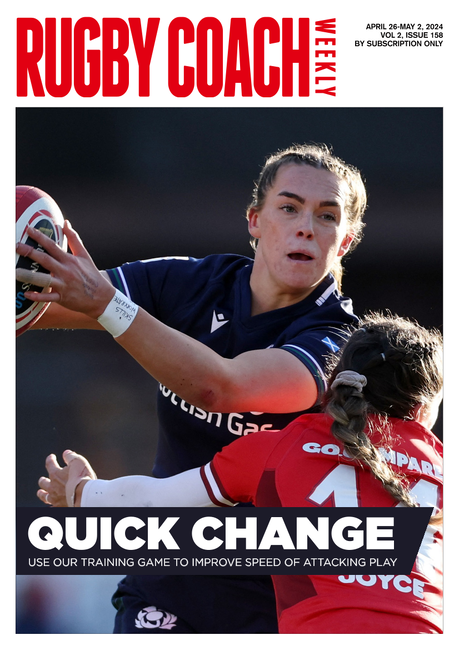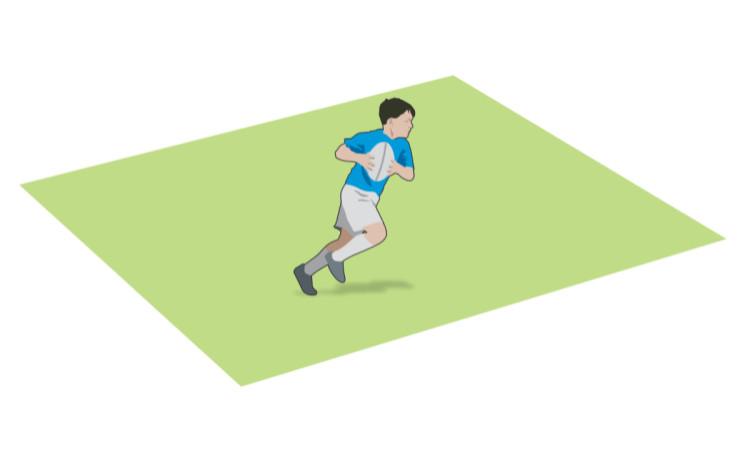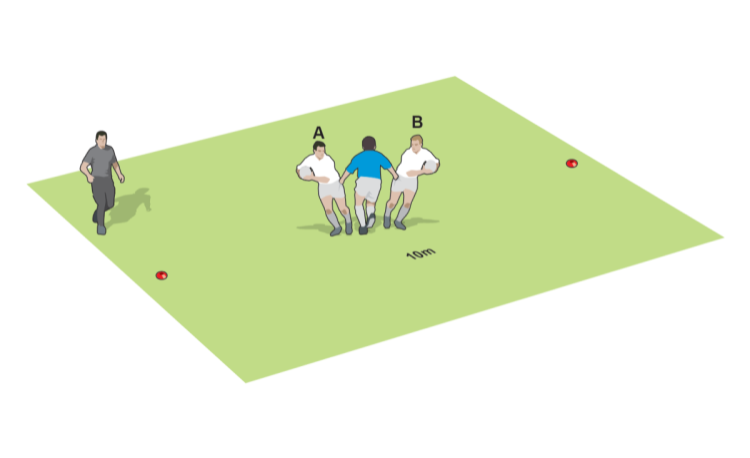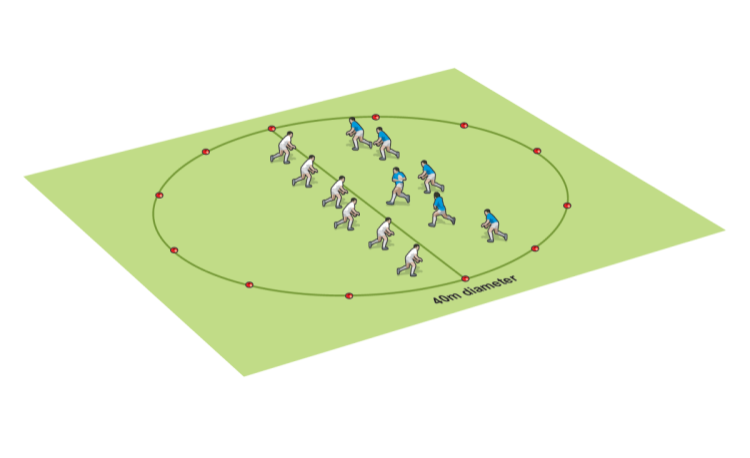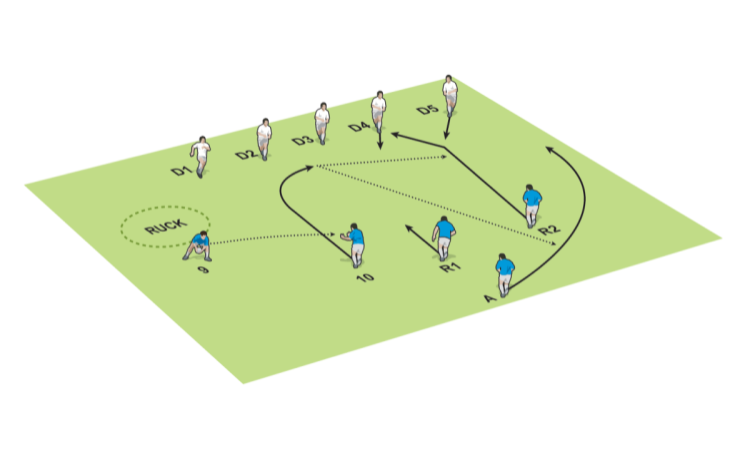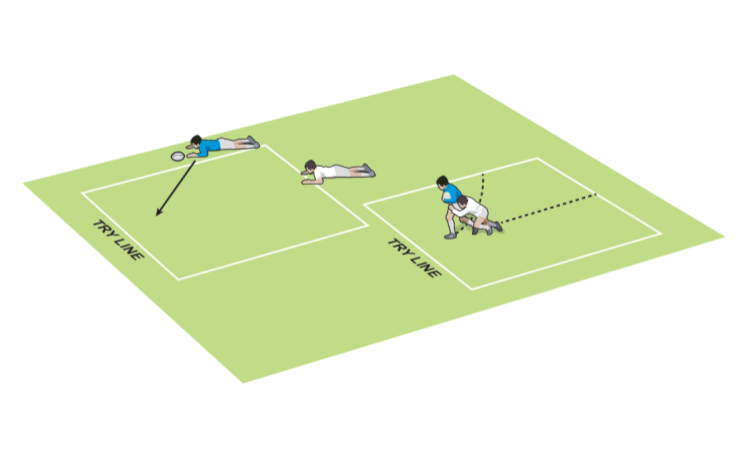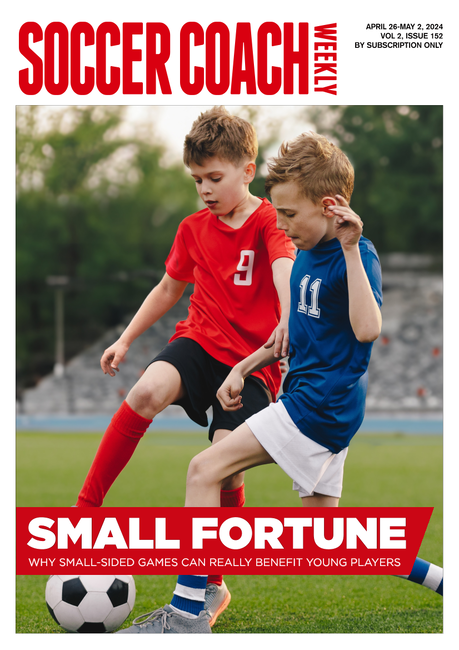You are viewing
1 of your 2 free articles
Sharper angles
Get players to attack defenders in close or wide situations. They will have to see where to run and change angle sharply at pace to adjust.
WHY USE IT
Players need the confidence to change angles, especially those who are not used to sprinting and conditioning.
set up
Cones; a 20m-wide, 10m-long box; four balls for the game.
HOW TO PLAY
ACTIVITY: Put four columns of players about 2m apart. The first player runs to a gate about 5m in front of the middle of the columns. As they reach the gate, indicate which coloured cones they have to run to afterwards. Once the first player has reached the gate, the next player from the next column goes, and so on. After each run, the player returns to a different column.
DEVELOPMENT: Push the coloured cones further back and sometimes change the colour indicated after the gate, so the player has to change direction twice. Have the player receive a pass on the way to the gate.
GAME SITUATION: Put four defenders opposite four attackers (see bottom illustration). Each attacker has a ball. Call out an attacker and a few moments later release a defender. The attacker has to get across the try line without being two-hand-touched on the shorts. The defender and attacker join the other team.
COACHING POINTS
- Run hard at the first gap, then change direction late.
- Look up and run upright to see where the gaps are.
ACTIVITY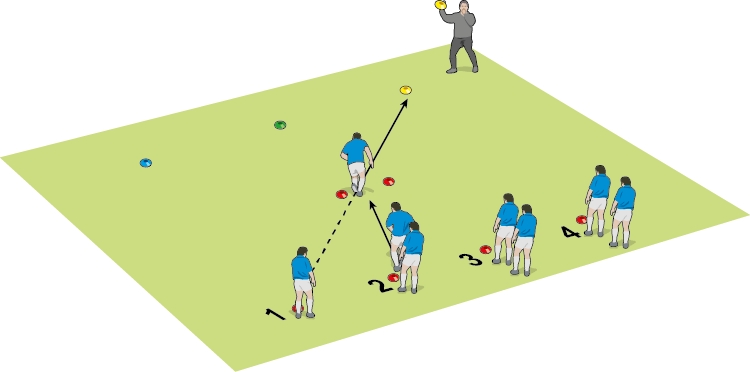
- One player runs through the gate in front of them
- They change direction based on the coloured cone you are holding up
- Once through the gate, the next player comes forward
DEVELOPMENT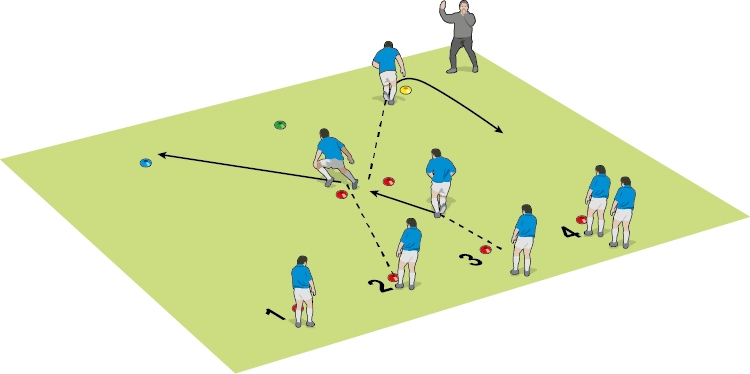
- Once over the cone, the player joins a different column
GAME SITUATION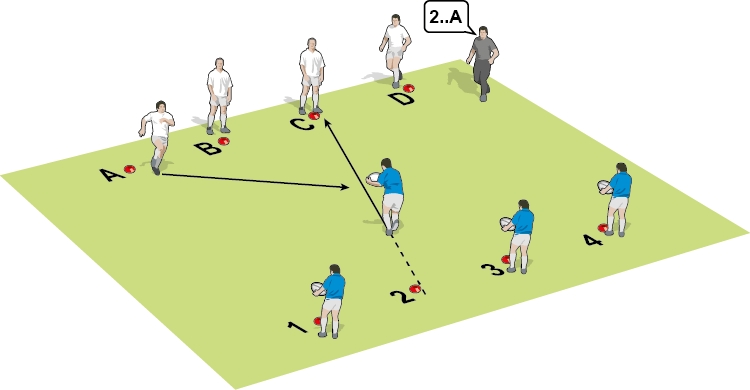
- Call out an attacker and, moments later, a defender. The attacker must run over the try line before they are two-hand-touched by a defender
Related Files
Newsletter Sign Up
Coaches Testimonials

Gerald Kearney, Downtown Las Vegas Soccer Club

Paul Butler, Florida, USA

Rick Shields, Springboro, USA

Tony Green, Pierrefonds Titans, Quebec, Canada
Subscribe Today
Be a more effective, more successful rugby coach
In a recent survey 89% of subscribers said Rugby Coach Weekly makes them more confident, 91% said Rugby Coach Weekly makes them a more effective coach and 93% said Rugby Coach Weekly makes them more inspired.
Get Weekly Inspiration
All the latest techniques and approaches
Rugby Coach Weekly offers proven and easy to use rugby drills, coaching sessions, practice plans, small-sided games, warm-ups, training tips and advice.
We've been at the cutting edge of rugby coaching since we launched in 2005, creating resources for the grassroots youth coach, following best practice from around the world and insights from the professional game.


